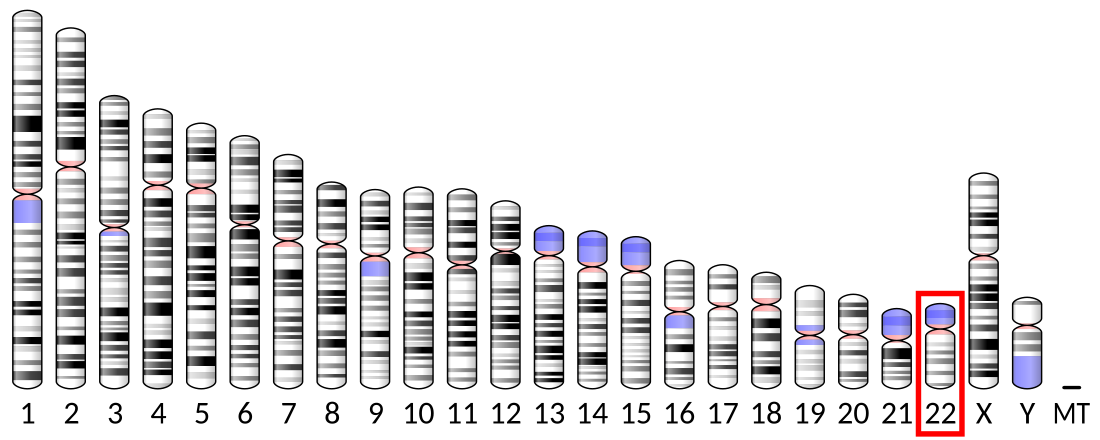Top Qs
Timeline
Chat
Perspective
EIF3D
Protein-coding gene in the species Homo sapiens From Wikipedia, the free encyclopedia
Remove ads
Eukaryotic translation initiation factor 3 subunit D (eIF3d) is a protein that in humans is encoded by the EIF3D gene.[5][6]
Remove ads
Function
Eukaryotic translation initiation factor-3 (eIF3), the largest of the eIFs, is a multiprotein complex composed of at least ten nonidentical subunits. The complex binds to the 40S ribosome and helps maintain the 40S and 60S ribosomal subunits in a dissociated state. It is also thought to play a role in the formation of the 40S initiation complex by interacting with the ternary complex of eIF2/GTP/methionyl-tRNA, and by promoting mRNA binding. The protein encoded by this gene is the major RNA binding subunit of the eIF3 complex.[6]
Remove ads
Interactions
EIF3D has been shown to interact with PHLDA1[7] and EIF3A.[8][9][10]
EIF3D has also been shown to interact with c-Jun mRNA via a non-canonical mechanism. Instead of the EIF4G protein acting as a cap-binding protein to mediate translation, EIF3D has been shown to be a cap binding protein for certain mRNAs such as c-Jun which has structures at the 5' UTR inhibiting binding of EIF4G and promoting binding of EIF3D.[11] EIF3D as a cap binding protein has been thought of as critical to regulating gene expression under cell stress such as during glucose deprivation. For translation of c-Jun under glucose starved conditions, the cap binding activity of EIF3D increased by 10-fold.[12][13]
Remove ads
See also
References
Further reading
Wikiwand - on
Seamless Wikipedia browsing. On steroids.
Remove ads





